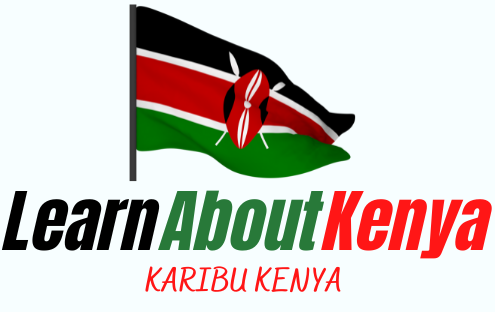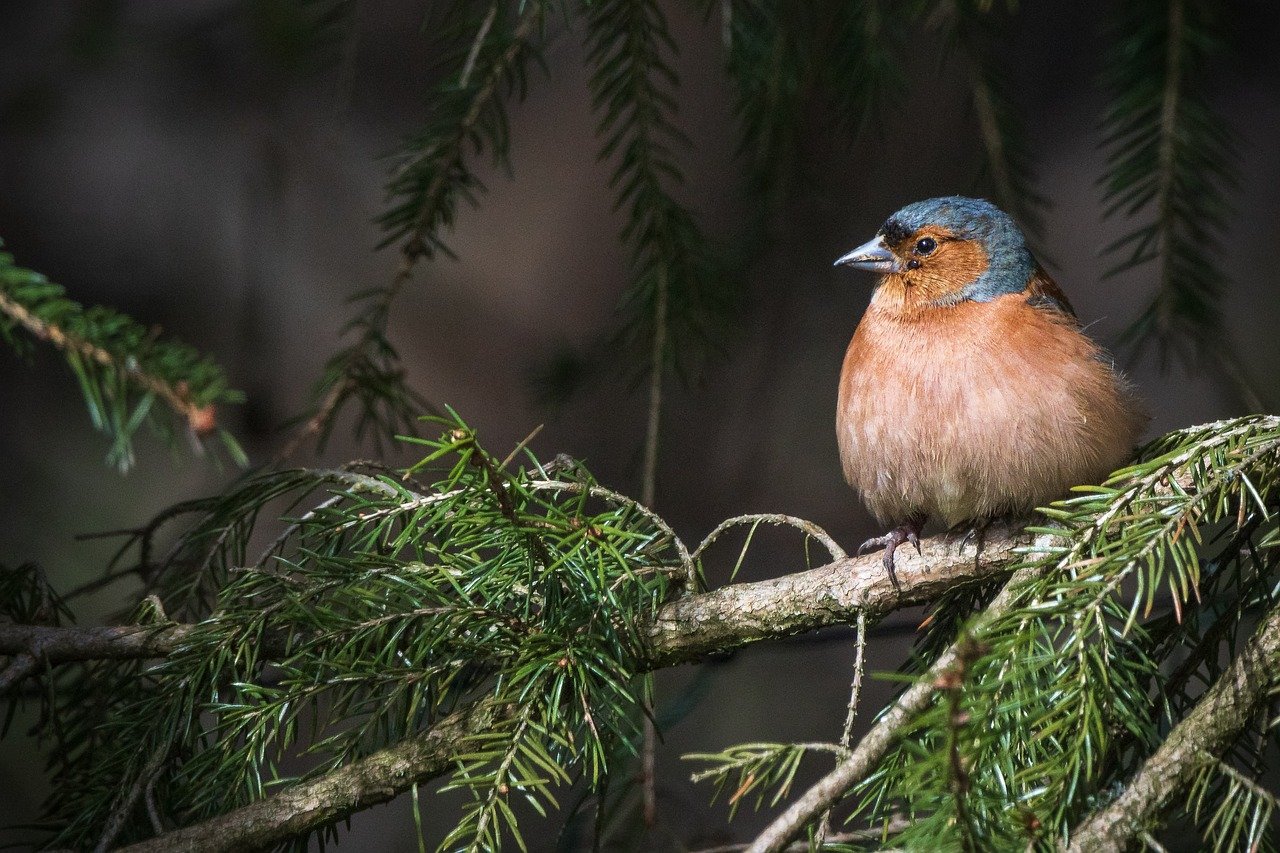What Is The Role Of Community-based Conservation In Kenya?
In Kenya, community-based conservation plays a vital role in preserving the country’s rich biodiversity and empowering local communities. By engaging and involving the people who live in close proximity to conservation areas, this approach has proven to be effective in promoting sustainable practices and protecting endangered species. By allowing communities to actively participate in decision-making processes and benefit from conservation efforts, community-based conservation in Kenya not only safeguards natural resources but also supports the social and economic development of local communities.
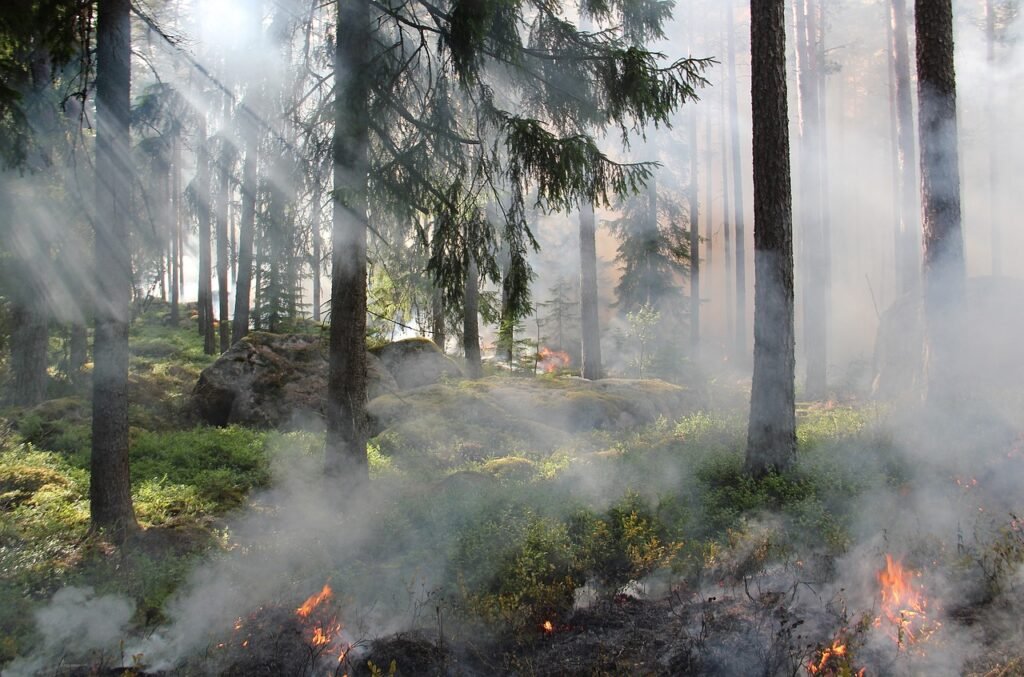
This image is property of pixabay.com.
Overview of community-based conservation in Kenya
Community-based conservation is an approach to conservation management that involves the active participation and empowerment of local communities in the protection and sustainable use of natural resources. In Kenya, community-based conservation has gained significant momentum due to its effectiveness in addressing issues of biodiversity conservation, poverty alleviation, and rural development. This article will provide an in-depth overview of community-based conservation in Kenya, highlighting its definition, historical background, and importance in the country.
Definition of community-based conservation
Community-based conservation is a conservation approach that recognizes the role of local communities as stewards of the natural environment. It involves the active engagement and empowerment of these communities in the decision-making processes regarding the management and conservation of natural resources. This approach recognizes the value of local knowledge and traditional practices in conservation efforts and aims to create a shared sense of ownership and responsibility among community members.
Historical background
The roots of community-based conservation in Kenya can be traced back to the early 1970s when the country started experiencing significant challenges in wildlife conservation. The traditional top-down approach to conservation, characterized by exclusionary policies and limited involvement of local communities, had proven unsuccessful in achieving sustainable conservation outcomes. In response to these challenges, NGOs and government agencies began to collaborate with communities living in and around protected areas, recognizing the importance of their participation in conservation efforts.
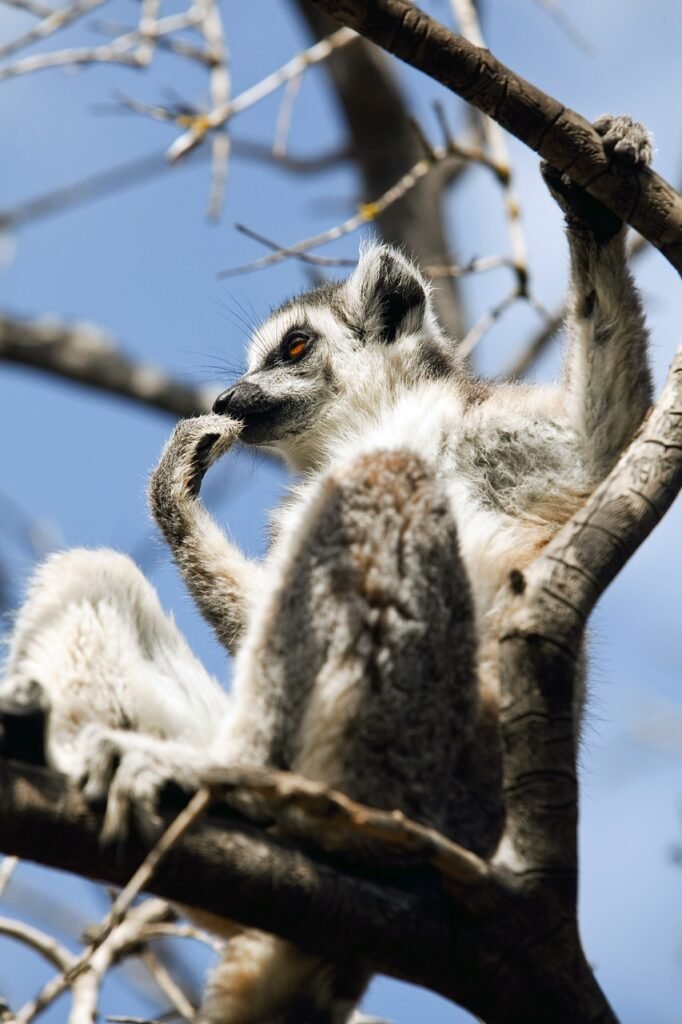
This image is property of pixabay.com.
Importance of community-based conservation in Kenya
Community-based conservation plays a crucial role in Kenya’s conservation efforts. It not only contributes to the conservation of the country’s rich biodiversity but also addresses key socio-economic challenges faced by local communities. By actively involving communities in conservation management, community-based conservation initiatives have been successful in achieving multiple goals, such as poverty alleviation, improving livelihoods, and enhancing ecosystem services. This approach also helps create a sense of ownership and responsibility among local communities, ensuring the long-term sustainability of conservation efforts.
Key principles of community-based conservation
Several key principles underpin community-based conservation in Kenya. These principles guide the design and implementation of projects and initiatives and ensure the meaningful involvement and empowerment of local communities. The following are some of the key principles:
Participation and empowerment of local communities
Active participation of local communities is fundamental to the success of community-based conservation initiatives. These initiatives aim to empower communities by involving them in decision-making processes, providing them with opportunities for skills development and capacity building, and promoting their ownership and responsibility for natural resources.
Collaboration with local stakeholders
Collaboration is a crucial aspect of community-based conservation in Kenya. This approach fosters partnerships and alliances between stakeholders, such as government agencies, NGOs, community-based organizations, and local leaders. Collaborative efforts help mobilize resources, enhance knowledge-sharing, and ensure that conservation objectives align with the needs and aspirations of local communities.
Recognition of indigenous knowledge
Indigenous knowledge systems and traditional practices are integral to community-based conservation in Kenya. These valuable sources of knowledge and insights are recognized and respected in conservation decision-making processes. By incorporating indigenous knowledge, community-based conservation initiatives can benefit from a deep understanding of local ecosystems and sustainable resource management practices.
Shared benefits and incentives
Community-based conservation initiatives in Kenya prioritize the equitable sharing of benefits and development incentives among local communities. This includes providing opportunities for sustainable livelihoods, income generation, and employment through eco-tourism, natural resource management activities, and other income-generating opportunities. Ensuring that the benefits of conservation reach local communities fosters support and sustainable engagement in conservation activities.
Community-based conservation models in Kenya
Community-based conservation in Kenya encompasses various models and approaches that have proven successful in engaging local communities in the conservation and sustainable use of natural resources. The following are some of the commonly implemented models:
Community conservancies
Community conservancies are community-owned and managed protected areas that span across vast landscapes in Kenya. These conservancies aim to promote wildlife conservation, enhance ecosystem health, and improve the livelihoods of local communities. By involving communities in the decision-making processes and revenue-sharing mechanisms, community conservancies provide a platform for sustainable conservation and development.
Community-based natural resource management (CBNRM)
CBNRM is an approach that involves local communities in the management and sustainable use of natural resources in their areas. This approach empowers communities to make decisions about resource utilization, land management, and wildlife management. CBNRM initiatives have been successful in conserving biodiversity, improving rural livelihoods, and promoting community-led conservation efforts.
Joint forest management
Joint forest management involves collaboration between forest-dependent communities and government agencies for the sustainable management and conservation of forests. This approach recognizes the rights and responsibilities of local communities as custodians of forest resources and promotes their participation in decision-making processes. Joint forest management initiatives have been effective in addressing deforestation, promoting sustainable forest management practices, and supporting community livelihoods.
Ecotourism initiatives
Ecotourism initiatives in Kenya combine conservation and tourism activities, providing sustainable livelihood opportunities for local communities. By involving communities in the planning, management, and operation of tourism activities, ecotourism initiatives generate income, create employment opportunities, and promote environmental conservation. These initiatives also raise awareness about the importance of conservation among visitors, enhancing the overall impact of community-based conservation.
Marine protected areas
Marine protected areas are designated areas within marine ecosystems that are managed for conservation purposes. In Kenya, community-based conservation efforts have extended to marine environments, with the establishment of marine protected areas. These areas involve local communities in the management and protection of marine resources, contributing to sustainable fishing practices, coral reef conservation, and the enhancement of marine biodiversity.
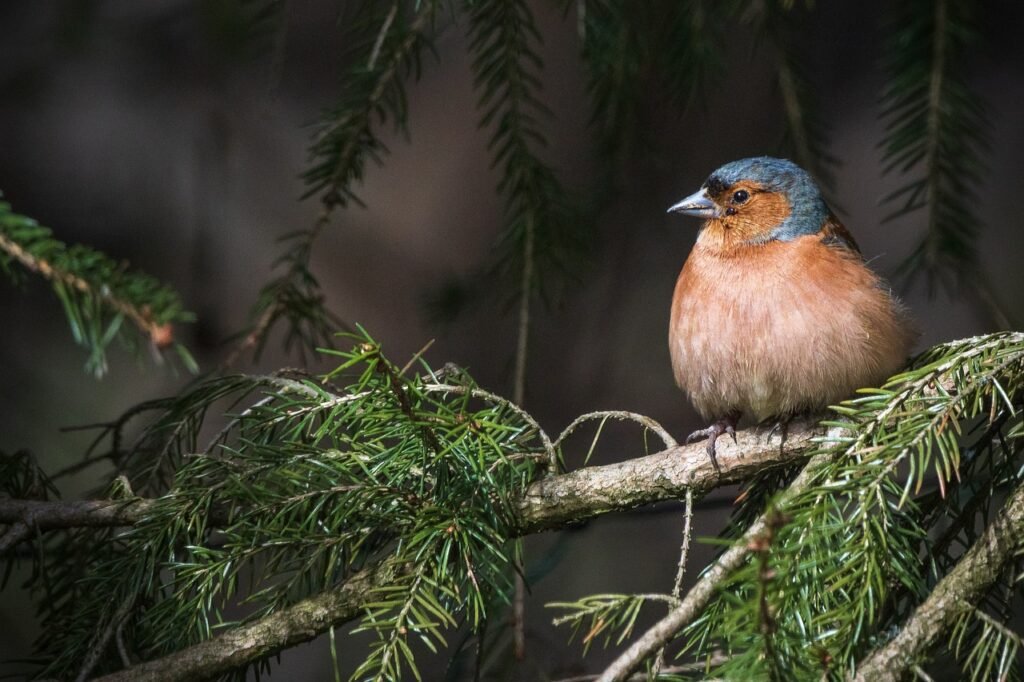
This image is property of pixabay.com.
Success stories of community-based conservation in Kenya
Several community-based conservation initiatives in Kenya have achieved remarkable success in achieving conservation and development objectives. The following are some of the notable success stories:
Amboseli Ecosystem Trust (AET)
The Amboseli Ecosystem Trust (AET) is a community-based conservation organization that works towards the conservation of the greater Amboseli ecosystem. Through a collaborative approach involving local communities, AET has achieved significant success in reducing conflicts between wildlife and communities, improving livelihoods through eco-tourism and conservation-based enterprises, and enhancing ecosystem health.
Lewa Wildlife Conservancy
Lewa Wildlife Conservancy, located in the northern part of Kenya, is a pioneer in community-based conservation. By securing land for wildlife conservation, supporting community livelihoods, and partnering with local communities, Lewa has been able to protect critical wildlife habitats, reintroduce endangered species, and provide education and healthcare services to local communities.
Mara North Conservancy
Mara North Conservancy is a community-owned conservancy located adjacent to the Maasai Mara National Reserve. This conservancy has successfully involved local communities in wildlife conservation, tourism, and land management activities. Through revenue-sharing mechanisms, Mara North Conservancy generates income for local communities, supports education and healthcare projects, and contributes to wildlife conservation.
Watamu Marine Association
The Watamu Marine Association is a community-based organization that promotes the conservation of marine resources in the Watamu area along the Kenyan coast. Through the involvement of local communities in marine resource management, the association has been able to protect coral reefs, restore fish populations, and promote sustainable fishing practices. The association also supports community livelihoods through ecotourism and alternative income-generating projects.
Challenges faced in community-based conservation
While community-based conservation initiatives in Kenya have achieved significant successes, they also face several challenges that need to be addressed for long-term sustainability and effectiveness. The following are some of the key challenges faced:
Limited financial resources
Community-based conservation initiatives often struggle with limited financial resources for their operational and development needs. Lack of funding hampers the implementation of conservation activities, capacity building programs, and poverty alleviation projects. Sustainable funding mechanisms need to be established to secure long-term financial support for community-based conservation initiatives.
Conflicts between communities and wildlife
Human-wildlife conflicts pose significant challenges to community-based conservation in Kenya. Increased competition for resources, damage to crops and livestock by wildlife, and attacks on humans can create tension and hostility between communities and wildlife. Effective conflict resolution mechanisms, as well as compensation schemes for community losses, are necessary to address these conflicts and maintain community support for conservation efforts.
Lack of clear legal frameworks
A lack of clear legal frameworks and policies regarding community-based conservation poses challenges to their effective implementation. Unclear land tenure systems, limited recognition of community rights, and insufficient legal protection can impede the engagement and empowerment of local communities. Strengthening legal frameworks and ensuring their effective enforcement is essential for the success of community-based conservation initiatives.
Ensuring long-term sustainability
Sustainability is a critical aspect of community-based conservation initiatives. Ensuring the long-term sustainability of projects and initiatives requires ongoing support, capacity building, and monitoring and evaluation mechanisms. Communities should be equipped with the necessary knowledge and skills to independently manage and protect natural resources, ensuring the continuity of conservation efforts.
Addressing social and cultural issues
Social and cultural factors influence community-based conservation outcomes in Kenya. Gender disparities, unequal power dynamics, and cultural practices may hinder the meaningful participation and empowerment of all community members. It is essential to address these social and cultural issues, promote inclusivity, and create an enabling environment for all community members to engage in conservation activities.
Government support for community-based conservation in Kenya
The Kenyan government has recognized the importance of community-based conservation in achieving its conservation and development goals. Several supportive measures have been put in place to promote community-based conservation, including the following:
National legislation and policies
The Kenyan government has enacted legislation and policies that promote the involvement of local communities in conservation efforts. The Wildlife Conservation and Management Act, the Forest Conservation and Management Act, and the Community Land Act recognize and protect community rights and provide a legal framework for their engagement in conservation activities.
Establishment of conservancies and community associations
The government of Kenya has supported the establishment of conservancies and community associations, providing communities with the legal recognition and support necessary for their conservation efforts. Through the creation of conservancies and the provision of technical and financial assistance, the government encourages community-led conservation initiatives and promotes sustainable land and resource management.
Financial support and incentives
The government of Kenya, through various governmental agencies and programs, provides financial support and incentives to community-based conservation initiatives. Grants, loans, and technical assistance are offered to enable communities to implement conservation projects, develop sustainable livelihood options, and manage and protect natural resources.
Role of international organizations and NGOs
The success of community-based conservation in Kenya is due in large part to the involvement of international organizations and NGOs. These organizations play a crucial role in supporting community-based conservation initiatives through various means:
Capacity building and technical support
International organizations and NGOs provide capacity building and technical support to community-based conservation initiatives. They equip communities with the necessary knowledge and skills to effectively manage their natural resources, implement conservation programs, and develop sustainable livelihood options. Technical support includes training, mentoring, and the provision of technical expertise.
Fundraising and financial aid
International organizations and NGOs play a critical role in raising funds and providing financial aid to community-based conservation initiatives. They mobilize resources from donors, philanthropic organizations, and other funding sources to support conservation projects, research activities, and community development initiatives. Financial aid is instrumental in sustaining community-based conservation efforts.
Partnerships and collaborations
International organizations and NGOs facilitate partnerships and collaborations among various stakeholders involved in community-based conservation. They bring together government agencies, local communities, research institutions, and other stakeholders to leverage resources, share knowledge, and implement collaborative initiatives. Partnerships and collaborations enhance the effectiveness and impact of community-based conservation efforts.
Impacts of community-based conservation in Kenya
Community-based conservation initiatives in Kenya have had significant positive impacts on biodiversity conservation, poverty alleviation, community livelihoods, and ecosystem services. The following are some of the key impacts:
Biodiversity conservation
Community-based conservation efforts have contributed to the conservation of Kenya’s rich biodiversity. By involving local communities in wildlife conservation, habitat restoration, and sustainable resource management, these initiatives have helped protect endangered species, preserve critical ecosystems, and reduce habitat destruction and wildlife poaching.
Poverty alleviation and rural development
Community-based conservation initiatives have played a crucial role in poverty alleviation and rural development in Kenya. Through the creation of sustainable livelihood opportunities, community-driven enterprise development, and revenue-sharing mechanisms, these initiatives have improved income levels, created employment, and enhanced the overall well-being of local communities.
Improved livelihoods for local communities
Community-based conservation initiatives have directly impacted the livelihoods of local communities. By promoting sustainable agriculture practices, alternative income-generating activities such as eco-tourism and craft production, and the provision of basic services such as education and healthcare, these initiatives have enhanced the livelihood options and standards of living for community members.
Enhanced ecosystem services
Community-based conservation in Kenya has contributed to the provision of ecosystem services that are vital for human well-being. By conserving forests, wetlands, and marine ecosystems, these initiatives have enhanced water availability, regulated climate patterns, and improved soil fertility. Enhanced ecosystem services benefit both local communities and the broader society.
Lessons learned and best practices
The implementation of community-based conservation initiatives in Kenya has provided valuable insights and lessons for future efforts. The following are some of the key lessons learned and best practices:
Engagement of local communities
Meaningful engagement of local communities is essential for the success of community-based conservation initiatives. Adequate efforts should be made to involve all community members, including women and marginalized groups, in decision-making processes, project planning, and implementation. This promotes ownership, participation, and sustainability of conservation efforts.
Inclusive governance and decision-making
Inclusive governance and decision-making processes ensure that the voices and perspectives of all stakeholders are heard and considered. Community-based conservation initiatives should adopt participatory approaches that facilitate the involvement of local communities in decision-making, planning, and implementation. Inclusive governance strengthens community support and fosters a sense of ownership and responsibility.
Adaptive management based on local context
Community-based conservation should be adaptive and responsive to local contexts and needs. Initiatives should be designed and implemented with a deep understanding of local ecosystems, cultural practices, and socio-economic conditions. Flexibility and adaptation to changing circumstances and emerging challenges ensure the relevance and effectiveness of conservation efforts.
Sustainable funding mechanisms
Establishing sustainable funding mechanisms is key to the long-term success of community-based conservation initiatives. Diversification of funding sources, establishing trust funds, and promoting income-generating activities that support conservation goals can ensure the financial sustainability of initiatives. This reduces dependence on external funding sources and fosters community-led conservation efforts.
Future prospects and recommendations
Despite the considerable achievements of community-based conservation initiatives in Kenya, there is still significant room for growth and improvement. The following are some recommendations for the future:
Scaling up community-based conservation initiatives
Community-based conservation initiatives should be scaled up to cover larger areas and involve more communities. Expanding the network of conservancies and community associations, promoting the replication of successful models, and engaging new stakeholders will contribute to wider conservation and development impacts.
Strengthening partnerships and collaboration
Partnerships and collaboration among stakeholders should be further strengthened to leverage collective resources, knowledge, and expertise. Strengthening collaborative efforts between government agencies, NGOs, international organizations, and community-based organizations will enhance the impact and sustainability of community-based conservation initiatives.
Policy reforms and legal frameworks
Comprehensive policy reforms and the development of clear legal frameworks are necessary for effective community-based conservation in Kenya. The government should review existing policies and legislation to ensure that they support community-based conservation efforts, recognize community rights, and provide an enabling environment for conservation initiatives to thrive.
Investment in education and awareness
Investing in education and awareness-raising activities is crucial for the success of community-based conservation. This includes educating communities about the value of conservation, providing training and capacity-building programs, and integrating conservation education into formal and non-formal educational systems. Enhanced awareness and knowledge among community members will ensure their active involvement and support for conservation efforts.
In conclusion, community-based conservation has proven to be an effective approach to address the challenges of biodiversity conservation, poverty alleviation, and sustainable development in Kenya. By actively involving and empowering local communities, community-based conservation initiatives have achieved remarkable successes in conserving Kenya’s rich biodiversity, improving livelihoods, and enhancing ecosystem services. However, addressing challenges, strengthening partnerships, and investing in education are vital for the future of community-based conservation in Kenya. With continued support and commitment, community-based conservation will continue to play a crucial role in protecting Kenya’s natural heritage and promoting sustainable development.
